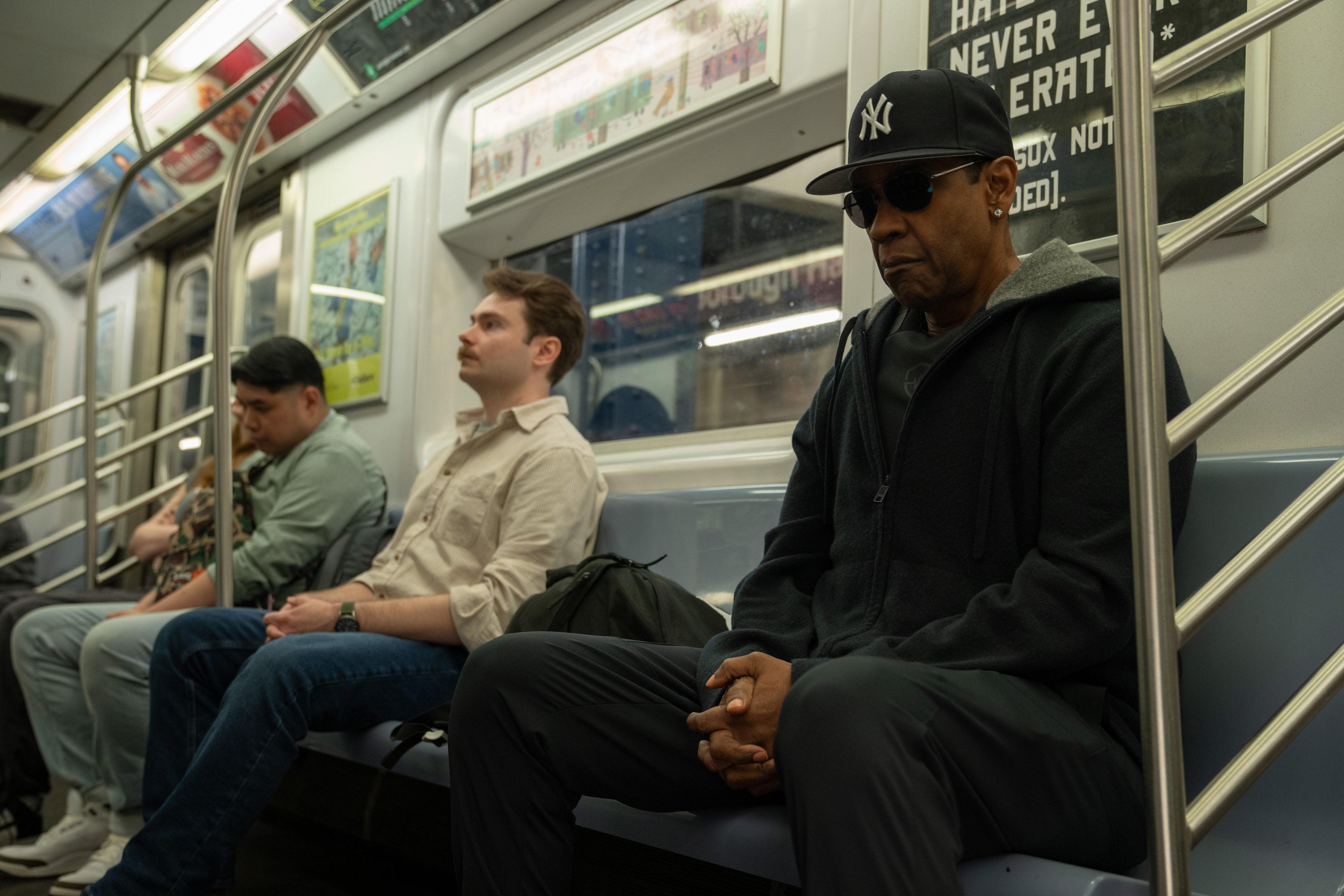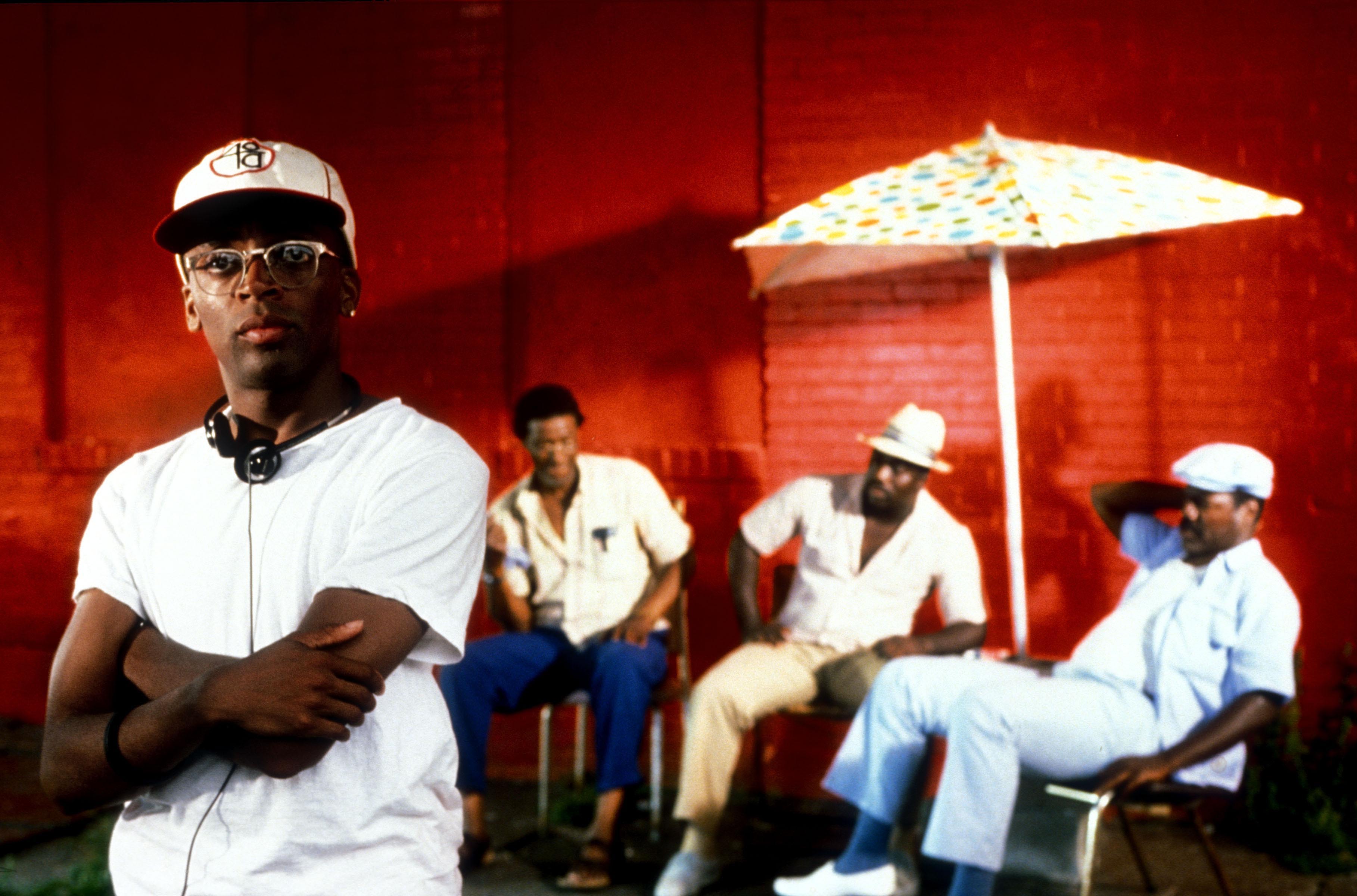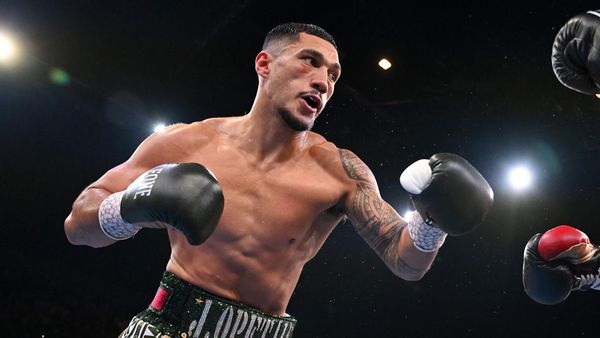It’s hard to tell what qualifies as a Hollywood success story these days, let alone what might count as an honest-to-God happy ending. Case in point: Shelton Jackson “Spike” Lee, the onetime insurgent of American movies, whose career has played out as a rousing vindication of pretty much everything he’s said and done down the years.
Lee, now 68, is a national treasure, arguably as much an identifiable brand name as Martin Scorsese, David Lynch and Steven Spielberg. But the business model has shifted away from his style of picture, which means that he’s out on the margins again. He’s like the firebrand revolutionary who marches triumphantly up the palace steps only to find the place deserted and the stateroom in dust-sheets.
Lee’s new film – Highest 2 Lowest – is a glossy, punchy New York kidnap thriller, complete with swooping aerial shots of Lower Manhattan and a powerhouse turn from Denzel Washington as the everyman hero turned angel of vengeance. That ought to be enough to make Highest 2 Lowest a big deal, a summer event movie, so it’s curious to note the lack of buzz and promotion around it, and stranger still to realise that this is part of a pattern.
Highest 2 Lowest has at least been given a limited theatrical run ahead of its 5 September debut on AppleTV+; Lee’s previous release – the Vietnam war drama Da 5 Bloods (2020) – bypassed cinemas altogether and went straight to Netflix.
The sight of a high-profile picture being thrown like chum to the home entertainment crowd would once have set alarm bells ringing. Here was a tacit admission on the part of the backers that something had gone horribly wrong in production; an early indication that the film was either a flat-out stinker or an arthouse curio deemed to be too jaggedly experimental for mainstream public tastes.
Highest 2 Lowest, though, is neither. It’s a conventional star vehicle, adapted and updated from a 1960s Akira Kurosawa drama that was itself based on a pulp novel by Ed McBain. Washington headlines as cocksure David King, an ageing music mogul who is forced to take action after his assistant’s son is abducted in a case of mistaken identity. Before long, King is heading uptown with a bag of loot for the kidnappers, literally and metaphorically returning to his hard-knock Harlem roots.
Highest 2 Lowest eventually overheats and turns silly in the manner of most high-concept thrillers. But it’s bullishly entertaining and generally sure-footed, with a keen sense of the nuances of Black privilege and the exploitation of one generation of artists by another.
King is music royalty: lauded for his legacy but out of step with the times. As such, he’s not unlike Lee, one of the last of the old-school American filmmakers, who now gazes out at an increasingly globalised, polarised industry. The major studios are off chasing the overseas market (specifically China, which has seen a tenfold increase in cinemas over the past decade), churning out easily translatable cross-cultural fodder (typically superhero movies and kids’ cartoons).

The result is a kind of cinematic oligarchy, with a few elite tentpole franchises at the top and an underclass of low-risk poverty-row pictures at the bottom. What’s missing is the centre: those solid mid-budget productions of which Highest 2 Lowest is a prime example, shot by a director with a proven track record and sold off the back of a recognisable star name.
Mid-budget movies used to be the industry’s hardy footsoldiers. Today they’ve mostly migrated to the streaming platforms, playing to smaller crowds at more intimate venues. The fortunate few – Civil War (2024); Challengers (2024) – find an audience and turn a profit. The majority don’t, and their numbers have been dwindling year on year.
Highest 2 Lowest premiered in Cannes back in May. At the press conference, Lee recalled visiting the festival with Do the Right Thing (1989), the picture that made his reputation and almost broke it, too. Do the Right Thing remains his most lasting achievement – a brilliant portrait of melting-pot Brooklyn with the heat turned up and the lid rattling – but at the time it was framed as hazardous material.
Lee remembered how the nation’s great white liberal critics (Joe Klein and David Denby among them) clutched their pearls and cautioned against the film’s theatrical release, fearing that it might prompt its audience to stage riots of their own. “It was pure blatant racism,” he said. “And all those people have been proven wrong over the years.”

Do the Right Thing is a film for the ages, but it’s also a picture of its time; a window on the past. It opened on the last day of June 1989, when David Dinkins was running to become the first Black mayor of New York and a millionaire property developer named Donald Trump was calling for the execution of the Central Park Five, a group of African-American teenagers arrested for the rape of a white jogger (the five were later proved innocent and released).
Lee’s film was the year’s angry gatecrasher, electrifying, impassioned, and implicitly in opposition to everything else on the schedule. The year’s big blockbusters were Tim Burton’s Batman and the third Indiana Jones movie. But 1989 was also the year of Dead Poets Society and Dead Calm, Sea of Love, Field of Dreams and The Fabulous Baker Boys. All of these would count as classic mid-budget movies. All would probably struggle to find funding today.
“Politicians, ugly buildings and whores all get respectable if they last long enough,” sleazy Noah Cross says in Chinatown. That’s partially the case with Lee as well, given that he now finds himself in the role of cinema’s elder statesman, with two Oscars on the mantelpiece and no fewer than five films – She’s Gotta Have It (1986), Do the Right Thing, Malcolm X (1992), 4 Little Girls (1997) and Bamboozled (2000) – preserved for posterity in the Library of Congress.
But Lee’s respectability comes with a twist in its tale. He moved into the mainstream just at the point when it veered out to the margins. He makes mid-budget movies that Hollywood doesn’t know what to do with. His traditionalism is radical; his old-school approach breaks the mould. In spite of himself, he’s still cinema’s disruptive outsider, always and forever a thorn in America’s side.
‘Highest 2 Lowest’ is in cinemas and streams on Apple TV+ from 5 September
Dakota Johnson’s biggest problem? Movies not as strange and funny as she is
Liam Neeson’s turn to self-mockery has rescued his career
Horror’s middle class is vanishing – and that’s bad news for all film fans
Denzel Washington shares why he doesn’t care about cancel culture
Denzel Washington explains real reason he ‘doesn’t care’ about Oscars
Rocky Horror forever: How a tiny US cinema helped turn a flop movie into a phenomenon







